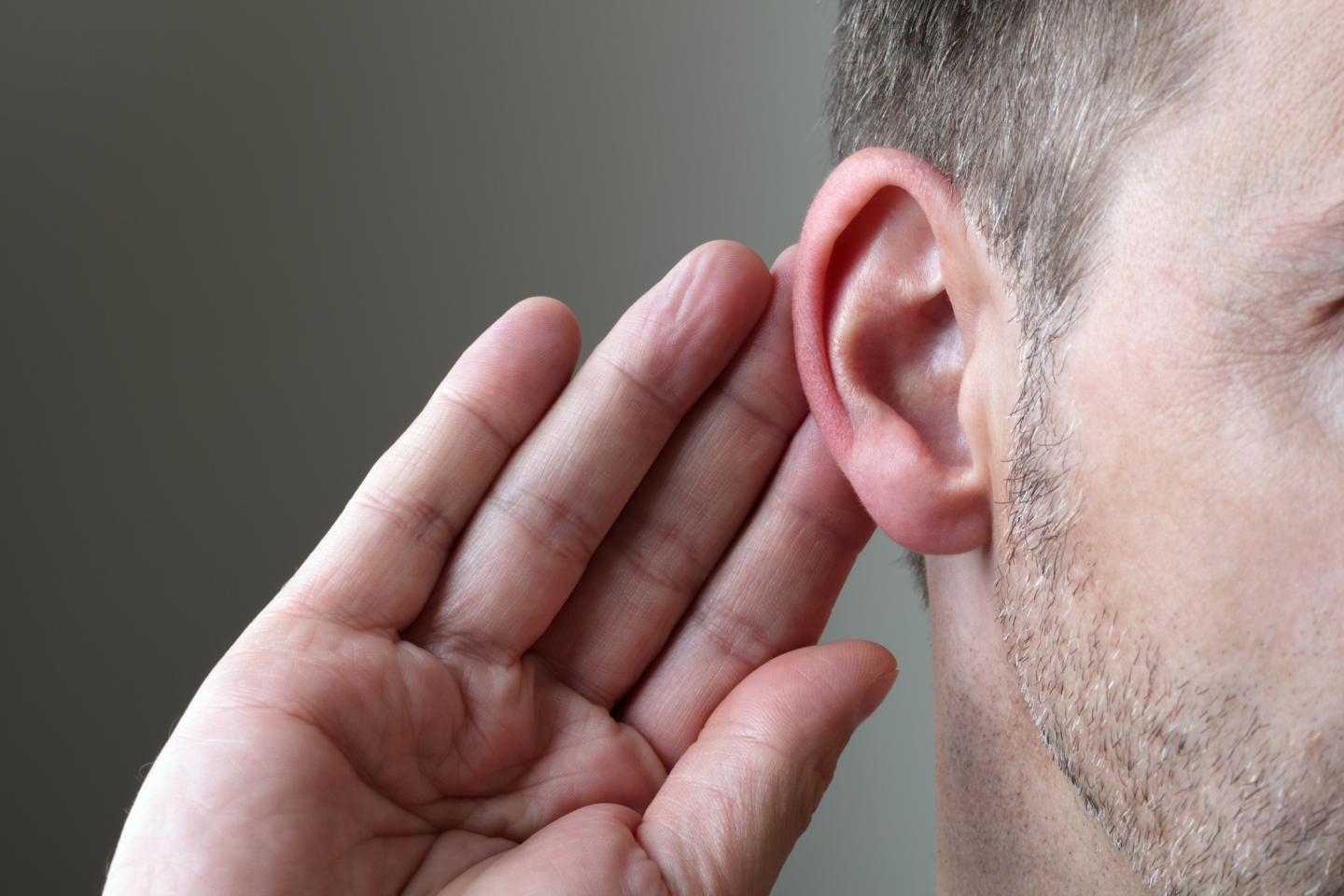Human ear muscles that scientists long believed were vestigial are actually activated when we are trying to listen hard, a new study has found.
Although the auricular muscles changed the shape of the ear shell, scientists believed our ancestors stopped using them millions of years ago.
As humans grew more proficient with visual and vocal systems, the evolutionary pressure to move their ears ceased. This caused the auricular muscles to become vestigial, scientists thought.
But now researchers have found that these muscles do serve a function: they are activated when we are trying to listen to competing sounds.
“There are three large muscles which connect the auricle to the skull and scalp, and are important for ear wiggling,” study first author Andreas Schröer of Saarland University in Germany, said.
“These muscles, particularly the superior auricular muscle, exhibit increased activity during effortful listening tasks.”

The study, published in the journal Frontiers in Neuroscience, found that these muscles are engaged not merely as a reflex but likely as part of an effort mechanism when we try to pay attention.
This is especially so in “challenging auditory environments”.
To test the functioning of the muscles, researchers recruited 20 people without hearing problems. They used electromyograph, which measures electrical activity in muscles, to help identify activity in the auricular muscles of the participants as they listened closely.
They applied electrodes to the auricular muscles of the participants and played them an audiobook along with distracting podcasts in front of or behind them.
The participants underwent 12 five-minute trials each, covering three levels of difficulty.
On the easy mode, the podcast was quieter than the audiobook. In the other trials, it sounded more like the audiobook and the distractions were made louder.
Researchers then quizzed the participants about the audiobook’s content, asking them to rate their effort levels and estimate how often they lost the thread of the audiobook in each trial. They found two of the auricular muscles reacted differently to the different conditions.
“The posterior auricular muscles reacted to changes in direction while the superior auricular muscles reacted to the difficulty level of the task,” the study noted.
The superior auricular muscles were activated more in the medium mode than in the easy mode and were “very active” through the difficult mode.
This indicates that these ear muscles may provide an objective measure of listening effort.
It’s unclear, however, if the muscle activity is directly linked to the effectiveness of hearing.
“The ear movements that could be generated by the signals we have recorded are so minuscule that there is probably no perceivable benefit,” Dr Schröer said, adding however that the auricle itself appears to contribute to our ability to localise sounds. “So our auriculomotor system probably tries its best after being vestigial for 25 million years but does not achieve much.”
Scientists said more work is needed to confirm these results and to develop practical applications.











